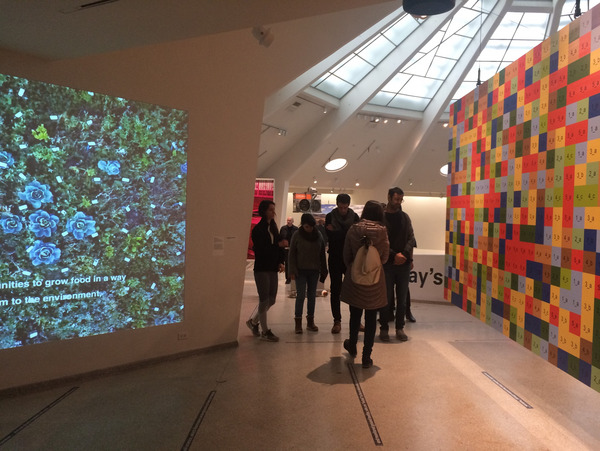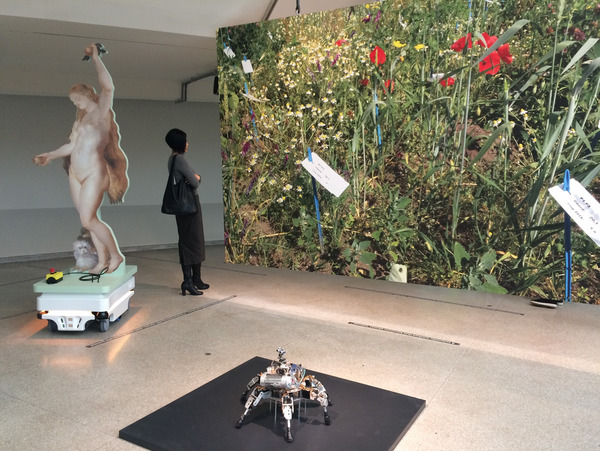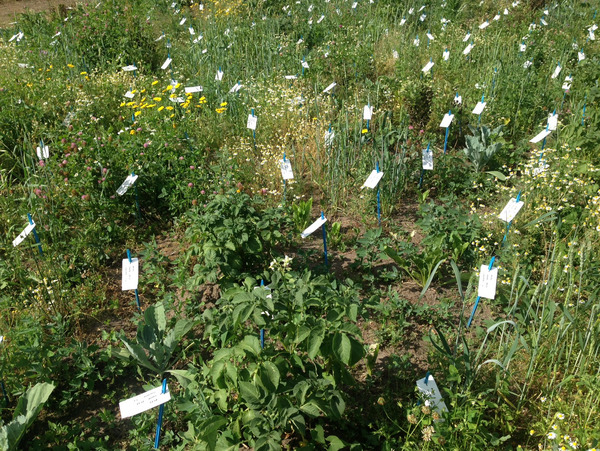After months of closure due to COVID-19 restrictions the Guggenheim has re-opened with new measurement to protect visitors health and safety. The exhibition will be on display until February 2021.
Lenora Ditzler, a researcher from Wageningen University (WUR), co-coordinated WUR’s contribution to the Solomon R. Guggenheim Museum’s recent exhibition in New York, Countryside, The Future. This ambitious cross-disciplinary look at rural transformation explores topics ranging from climate change, migration, evolution, anthropology, politics, the role of technology and the future of our food.
Led by Dutch architect Rem Koolhaas and the director of AMO (the think tank of the Office for Metropolitan Architecture), Samir Bantal, the exhibit addresses “questions about the development and role of the countryside over time” (Guggenheim press release). Turning the focus from urban to rural, “a central thesis of the exhibition is that our current form of urban life has necessitated the organization, abstraction, and automation of the countryside at an unprecedented scale” (Guggenheim press-release). Pixel cropping, which is being developed as part of the Dutch DiverIMPACTS field experiment, is presented as a thought-provoking case of applying this thesis to the study of agriculture.
Pixel cropping is an arable crop management practice in which plants are sown in small patches (‘pixels’) in diverse and complex arrangements that facilitate beneficial ecological interactions between species. The pixel cropping section of the exhibit includes large image panels showing a pixel cropping planting plan, a photo of WUR’s field trial, a video piece discussing the pixel cropping research and how it links to other research, and an essay by Lenora Ditzler in the exhibition catalogue Countryside, A Report.
Presented in juxtaposition to practices like greenhouse horticulture and precision farming, the pixel cropping story offers an alternative take on what the future of agriculture could entail. Viewers are asked to question “what they want the future of agriculture to look like, and how (or if) they imagine technology to be part of that future,” Ditzler said in an A-D-O journal article, linked below.
More information
Links
guggenheim.org
- Countryside, The Future exhibition page
Video: Questioning the Future: Rem Koolhaas at the Guggenheim
WUR.nl:
taschen.com
a-d-o.com






 Souhaitez-vous ajouter le site web à l'écran d'accueil ?
Souhaitez-vous ajouter le site web à l'écran d'accueil ?